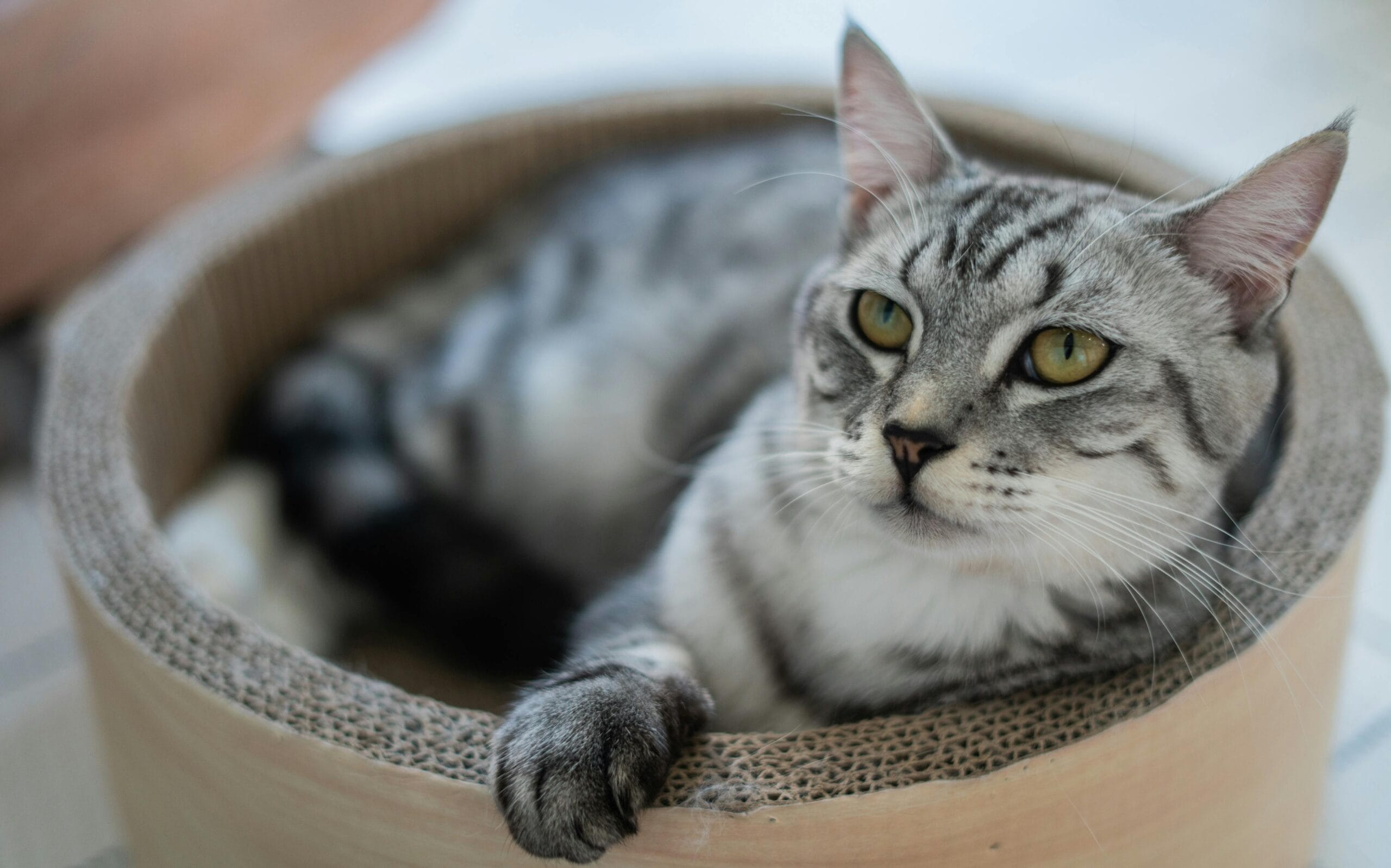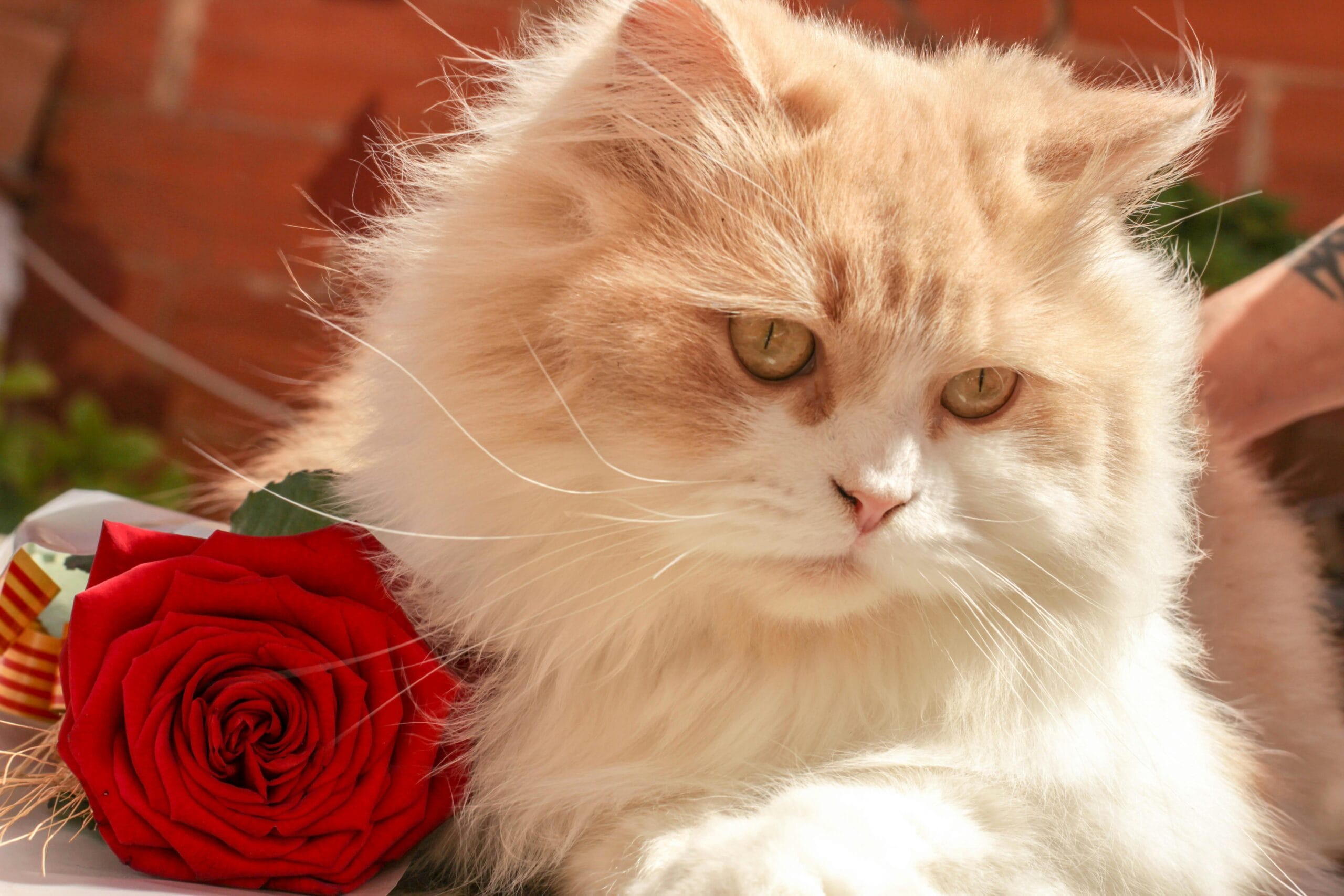Are Mums Toxic To Cats ?

Are Mums toxic to cats? Discover if mum plants and lilies pose a threat to your feline friend. Learn crucial safety tips to protect your cat from poisonous plants! #catsafety #toxicplants #mumstocats
Are Mums Toxic To Cats? A Comprehensive Guide
The vibrant colors and delightful fragrance of chrysanthemums, commonly known as mums, make them a popular choice for fall gardens and decorations. However, if you’re a cat owner, you might be wondering: Are mums toxic to cats? The answer, unfortunately, is a bit more complicated than a simple yes or no. This comprehensive guide will delve into the toxicity of mums to cats, exploring the specific risks, symptoms to watch out for, and steps you can take to ensure your feline friend’s safety.
Understanding the Toxicity of Mum Plants to Cats
Mum plants toxic to cats are a concern for many pet owners. While not all mums are equally toxic, many varieties contain pyrethrins, a class of compounds that are naturally occurring insecticides. These pyrethrins, while effective against insects, can be irritating and even toxic to cats, depending on the amount ingested and the cat’s sensitivity. The toxicity varies from mild irritation to more severe symptoms, and the level of risk depends on several factors, including the type of mum, the amount ingested, and the cat’s individual health and size.
Symptoms of mum poisoning can range from mild gastrointestinal upset to more serious issues. It’s crucial to understand that even small amounts of ingested mum plant material can cause problems in some sensitive cats. Knowing the signs of toxicity is crucial for prompt and effective intervention.
Symptoms of Mum Poisoning in Cats
If your cat has ingested any part of a mum plant, it’s vital to monitor them closely for signs of poisoning. These symptoms can manifest in various ways and might not all appear at once. Common signs of mum plants toxic to cats include:
- Vomiting
- Diarrhea
- Loss of appetite
- Excessive drooling
- Skin irritation (contact dermatitis) – this can occur if the cat rubs against the plant
- Lethargy
- Weakness
- Difficulty breathing (in severe cases)
It’s important to note that the severity of these symptoms can vary greatly. While some cats might experience only mild discomfort, others could develop severe reactions requiring immediate veterinary attention. Any sign of unusual behavior or illness after potential exposure to mums should be taken seriously.
What to Do if Your Cat Ingests a Mum Plant
If you suspect your cat has ingested a mum plant, acting quickly is crucial. First, try to identify the type of mum involved, as this can help your veterinarian determine the appropriate course of treatment. Then, immediately contact your veterinarian or an animal poison control center. The ASPCA Animal Poison Control Center (https://www.aspca.org/pet-care/animal-poison-control) is a great resource, and they can provide expert guidance and advice.
While waiting for veterinary assistance, you can take some preliminary steps:
- Remove any remaining plant material from your cat’s reach.
- Try to determine how much of the plant your cat ingested.
- Keep your cat calm and comfortable.
- Do NOT induce vomiting unless instructed by your veterinarian or the animal poison control center.
Comparing Mum Toxicity to Other Potentially Harmful Plants: Lilies Toxic To Cats
While mums toxic to cats can cause problems, it’s important to understand that other plants pose a much more significant threat. Lilies toxic to cats, for instance, are extremely dangerous and can cause severe kidney failure, even from a small amount of ingestion. Unlike the relatively mild symptoms of mum poisoning, lily ingestion often requires immediate and intensive veterinary care to prevent fatal consequences. The difference in toxicity underscores the importance of understanding the specific dangers posed by various plants and taking preventative measures to protect your cat.
The Pet Poison Helpline (https://www.petpoisonhelpline.com/) is another excellent resource offering information on toxic plants and other substances harmful to pets. They offer a comprehensive database of toxic plants and substances, and provide 24/7 access to veterinary experts.
Prevention: Keeping Cats Away from Mums
The best way to handle the potential risk of are mums toxic to cats is through prevention. Keeping your cat away from mums altogether is the safest approach. Here are some tips to achieve this:
- Plant mums in areas inaccessible to your cat, such as hanging baskets or raised garden beds.
- Use deterrents like citrus scents (cats generally dislike citrus) around mum plants.
- Supervise your cat closely when they are in areas where mums are present.
- Consider growing cat-friendly plants instead of mums.
- If you bring cut mums into your home, place them in a high, secure location out of your cat’s reach.
Remember, even seemingly minor ingestion can cause issues in sensitive cats. Proactive measures are far better than reactive treatment. Keeping your cat safe should always be the top priority.
Other Considerations: Breed and Individual Sensitivities
While pyrethrins are the primary concern regarding mum toxicity, the actual impact on your cat can vary. Certain cat breeds might show higher sensitivity to these compounds than others. Similarly, individual cats can have different reactions depending on their overall health and pre-existing conditions. A healthy, adult cat might tolerate a small amount of mum ingestion better than a kitten or a cat with a compromised immune system.
Long-Term Effects of Mum Ingestion
In most cases, the effects of mum ingestion are relatively short-lived, resolving within a few hours or days with appropriate veterinary care. However, severe cases of ingestion, especially in kittens or cats with underlying health problems, can lead to longer-term complications. Continuous monitoring and veterinary check-ups are recommended to ensure a full recovery and to detect any potential long-term health issues.
The Importance of Veterinary Consultation
Remember, this article is for informational purposes only and should not be considered a substitute for professional veterinary advice. If you suspect your cat has ingested a mum plant, contact your veterinarian or an animal poison control center immediately. Early intervention is key to minimizing the risk of serious complications. The expertise of a veterinarian is crucial in assessing your cat’s condition and determining the most appropriate treatment plan.
The University of California, Davis, veterinary toxicology service (https://vetmed.ucdavis.edu/toxicology) is another valuable resource for detailed information on plant toxicity in animals. They offer a wealth of research and educational materials on the subject.
Conclusion: Safeguarding Your Feline Friend
The question, are mums toxic to cats, highlights the importance of being aware of the potential dangers certain plants pose to our pets. While the toxicity of mums might not be as severe as some other plants (like lilies toxic to cats), it’s still a risk that can be easily avoided through careful planning and preventative measures. By understanding the potential symptoms, taking swift action when necessary, and prioritizing preventative strategies, you can ensure the safety and well-being of your beloved feline companion.
Have You Had Experience with Mum Poisoning in Cats?
Share your experiences and insights in the comments below! Let’s create a community of cat owners who can learn from each other’s experiences regarding mum plants toxic to cats and other potentially hazardous plants. Your input could help other cat owners prevent similar situations and protect their furry friends.

FAQ: Are Mums Toxic to Cats?
Here are 10 frequently asked questions and answers about the toxicity of mums (chrysanthemums) to cats:
1. Are mums toxic to cats?
Yes, mums (chrysanthemums) are toxic to cats. They contain pyrethrins and other compounds that can cause vomiting, diarrhea, drooling, and skin irritation if ingested or touched. While not typically fatal, it’s crucial to keep cats away from these plants. The severity of the reaction depends on the amount ingested and the cat’s sensitivity.
2. What are the symptoms of mum plant poisoning in cats?
Symptoms of mum plant poisoning (or Chrysanthemum poisoning) in cats can include vomiting, diarrhea, loss of appetite, increased salivation (drooling), skin irritation, and incoordination. In severe cases, depression and tremors may occur. If you suspect your cat has ingested a mum, contact your veterinarian immediately.
3. Are all types of mums toxic to cats?
While the toxicity level may vary slightly between different mum varieties, most mum plants are toxic to cats to some degree. It’s best to err on the side of caution and keep all mums out of reach of your feline friends.
4. How toxic are mums compared to lilies?
While both are toxic, lilies are significantly more toxic to cats than mums. Lily ingestion can cause acute kidney failure, a life-threatening condition. Mum ingestion is typically less severe but still requires veterinary attention. Both ‘Are Mums Toxic To Cats’ and ‘Lilies Toxic To Cats’ are important searches to understand these risks.
5. My cat just touched a mum plant, is it dangerous?
Direct contact with mums is less likely to cause serious problems than ingestion. However, some cats can experience skin irritation or allergic reactions from touching the leaves or flowers. If you see any signs of skin irritation, wash the area with mild soap and water.
6. My cat ate a small piece of a mum. Should I be worried?
Even a small amount of ingested mum can cause problems. It’s best to contact your veterinarian immediately. Describe the amount ingested and monitor your cat for any symptoms. Early intervention is key.
7. Are Mum Plants Toxic To Cats if they only lick the leaves?
Even licking the leaves can introduce enough toxins to cause mild irritation or upset stomach. It’s advisable to prevent any contact whatsoever.
8. What should I do if my cat eats a mum?
Contact your veterinarian or an animal poison control center immediately. Be prepared to provide information about the type of mum, the amount ingested, and your cat’s current symptoms. They can guide you on the best course of action.
9. How can I prevent my cat from getting near mums?
Keep mums out of your cat’s reach, ideally in a room your cat doesn’t access. Consider planting cat-friendly alternatives instead.
10. Are there any cat-safe alternatives to mums for fall decorations?
Yes, there are many beautiful and non-toxic alternatives to mums, such as sunflowers, zinnias, and marigolds (although always ensure these are pesticide-free). Focus on plants specifically identified as safe for cats to avoid any risk related to ‘Are Mums Toxic To Cats’ and similar concerns.

Are Mums Toxic to Cats? Practical Tips and Health Considerations
Chrysanthemums, commonly known as mums, pose a significant threat to feline friends. Ingesting even a small amount can lead to various health problems. This guide provides practical tips and crucial health considerations to ensure your cat’s safety.
Toxicity Levels
Mums contain compounds that are toxic to cats. The severity of the reaction depends on factors such as the amount ingested, the cat’s size and overall health, and the specific type of chrysanthemum.
Symptoms of Mum Poisoning in Cats
Watch for these symptoms after potential mum ingestion:
- Vomiting
- Diarrhea
- Loss of appetite
- Excessive drooling
- Skin irritation (dermatitis)
- Lethargy
- Incoordination
In severe cases, more serious complications can occur. Immediate veterinary attention is crucial if you suspect your cat has ingested mums.
Practical Tips to Keep Cats Safe
Prevention is key. Here’s how to protect your cat from mum-related toxicity:
- Avoid Mums: The simplest solution is to avoid bringing mums into your home, especially if you have cats that are prone to chewing on plants.
- Keep Out of Reach: If you must have mums, place them in areas inaccessible to your cat, such as high shelves or behind closed doors.
- Cat-Friendly Alternatives: Opt for cat-friendly plants like catnip, cat grass, or spider plants instead.
- Supervise Interactions: Even with inaccessible plants, keep a watchful eye, especially during playtime when curiosity may lead to accidental ingestion.
- Identify and Remove: Regularly inspect your home for any fallen petals or leaves.
What to Do if Your Cat Ingests Mums
Act quickly if you suspect your cat has ingested mums:
- Contact your veterinarian immediately. Provide details about the amount ingested (if known) and the symptoms your cat is exhibiting.
- Do not induce vomiting unless instructed by your veterinarian.
- Gather any remaining plant material for identification purposes.
SEO Keywords
chrysanthemum toxicity cats, mums toxic to cats, cat poisoning mums, are mums poisonous to cats, cat safe plants, preventing cat poisoning, chrysanthemum poisoning symptoms cats, pet plant safety